Dugahun (두가헌)
6.0Km 2020-05-07
14, Samcheong-ro, Jongno-gu, Seoul
+82-2-3210-2100
The wine restaurant, dugahun, is located in the backyard of Gallery Hyundai on Samcheong-dong Road. As the name Dugahun, translated ‘a very beautiful house’, implies, the restaurant is characterized by its exquisite, antique architecture that dates back to the 1910s. Combining fine Western dining and a wide selection of wines with a beautiful hanok interior, dugahun provides visitors with a unique dining experience. For an added element of culture, visit Gallery dugahun (the adjacent Russian-style brick building) and take a look at the array of domestic and international artwork on display.
Seowon (서원)
6.0Km 2021-03-18
141, Toegye-ro, Jung-gu, Seoul
+82-2-776-0214
This is a Korean cuisine located in Myeong-dong, Seoul. A must-visit store for breakfast. The representative menu is abalone porridge special.
Taco Chilichili (타코칠리칠리)
6.0Km 2021-10-06
218, Noksapyeong-daero, Yongsan-gu, Seoul
+82-2-797-7219
Taco Chilichili serves high-quality taco dishes that are simple, delicious, and reasonably priced. Although food at the restaurant differs somewhat from traditional Mexican cuisine, the quesadillas, and rice-filled burritos are still delicious.
Indoor dining areas are located on the first and second floors of the restaurant; there is also an outdoor dining area on the second floor. The dining area on the first floor only has a few tables and can be noisier, but it also gives diners the unique experience of seeing their food as it is prepared. For a quieter dining experience, head up to the wider seating sections on the second floor. Both floors of the restaurant feature unique interior design that makes this restaurant stand out from others.
Sooga (수가)
6.0Km 2021-03-18
42-1, Myeongdong 8ga-gil, Jung-gu, Seoul
+82-2-777-5575
This is a Korean cuisine located in Myeong-dong, Seoul. A restaurant specializing in seolleongtang (ox bone soup) and suyuk (boiled beef slices). The representative menu is assorted boiled meat slices.
Calle Gyeongnidan-gil (경리단길)
6.0Km 2023-01-26
Itaewon-dong 210-65, Yongsan-gu, Seúl
Centro de Arte de Namsan (남산예술센터)
6.0Km 2021-12-27
Sopa-ro 138, Jung-gu, Seúl.
+82-2-758-2150
Situado en el barrio de Myeong-dong, Seúl, el Centro de Arte de Namsan es un centro complejo cultural que presenta actuaciones artísiticas innovadoras y creativas a todo el público, permitiéndole que participe también en actividades interactivas. Antes, este lugar era un viejo centro de rodaje de telenovelas, pero tras su remodelación, renació como el Centro de Artes de Namsan, en junio de 2009.
El Centro de Arte de Namsan está compuesto por 2 áreas que son el Centro de Telenovelas y el Centro de Educación Artística. El Centro de Telenovelas es un teatro y presenta obras interpretadas por artístas nacionales e internacionales que toman como el temas principales el futurismo y la innovación. El teatro cuenta con 480 asientos en total y es utilizado también para presentar diferentes obras de teatro moderno, ceremonias escolares, audiciones, etc. Y el Centro de Educación Artística es un lugar donde todos los ciudadanos puede aprender sobre diferentes tipos de arte y participar en distintas actividades interactivas.
Museo de Arte Kumho (금호미술관)
6.0Km 2023-02-22
Samcheong-ro 18, Jongno-gu, Seúl.
El Museo de Arte Kumho fue inaugurado el 10 de mayo de 1989, con el objetivo de proporcionar espacio para la exposición de obras de los nuevos artistas y de esta manera desarrollar, capacitar y beneficiar el sector de la cultura artística. Luego, en octubre de 1999, con la llegada de Park Gang-ja, la nueva titular del museo, se transformó en un complejo artístico y cultural.
Unyong Ddukbaegi Spagetti (우뇽뚝배기스파게티)
6.0Km 2021-03-29
10, Seodal-ro 10-gil, Dongjak-gu, Seoul
+82-2-816-6338
Ddukbaegi cream pasta is popular. The best menu at this restaurant is pasta. This Western dishes restaurant is located in Dongjak-gu, Seoul.
Chadolbakhin Jjukkumi - Jongro Branch (차돌박힌쭈꾸미 종로)
6.0Km 2021-03-19
47-1, Samil-daero 17-gil, Jongno-gu, Seoul
+82-2-2648-9163
You can eat jjukumi (webfoot octopus) with cheese fondue. The best menu at this restaurant is stir-fried webfoot octopus. This is a Korean cuisine located in Jongno, Seoul.
Museo del Hanbok de Lee Rhee-za (이리자 한복전시관)
6.0Km 2022-06-30
Samcheong-ro 20, Jongno-gu, Seúl.
Este museo, en lugar de representar simplemente los hanbok (trajes tradicionales), demuestra de manera simple los ritos de paso que debe atravesar una persona, desde su nacimiento hasta la muerte, y, en su conjunto, presenta la vestimenta y sus accesorios correspondientes. Los trajes tradicionales son obra de la famosa diseñadora de hanbok Lee Rhee-za, los cuales también se pueden utilizar en la actualidad. Además de los trajes, también podrá conocer la gran variedad de accesorios y adornos tradicionales.
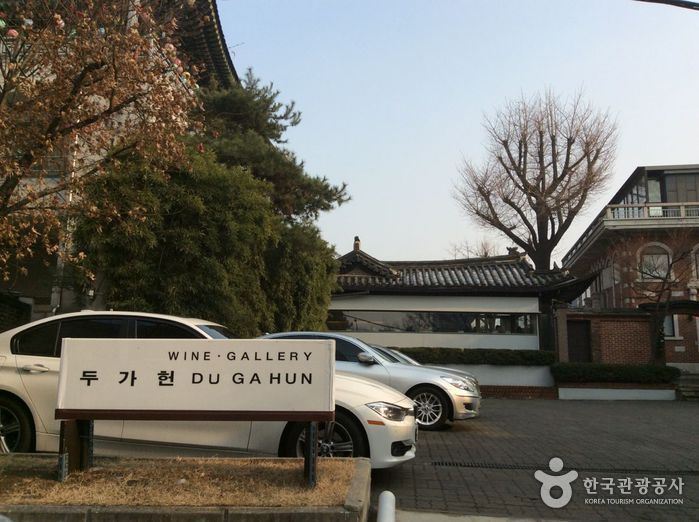

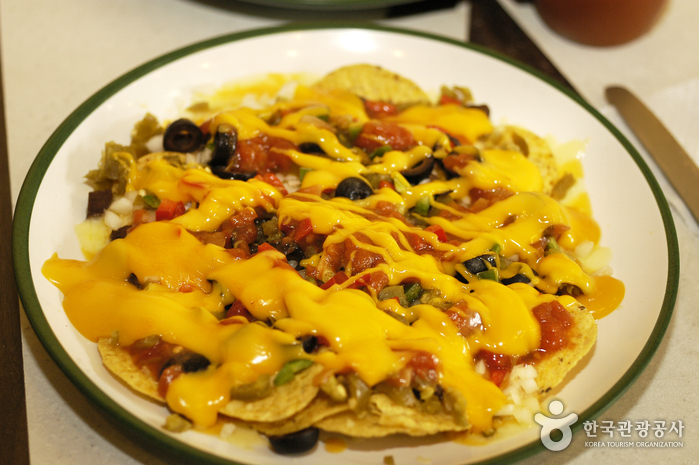
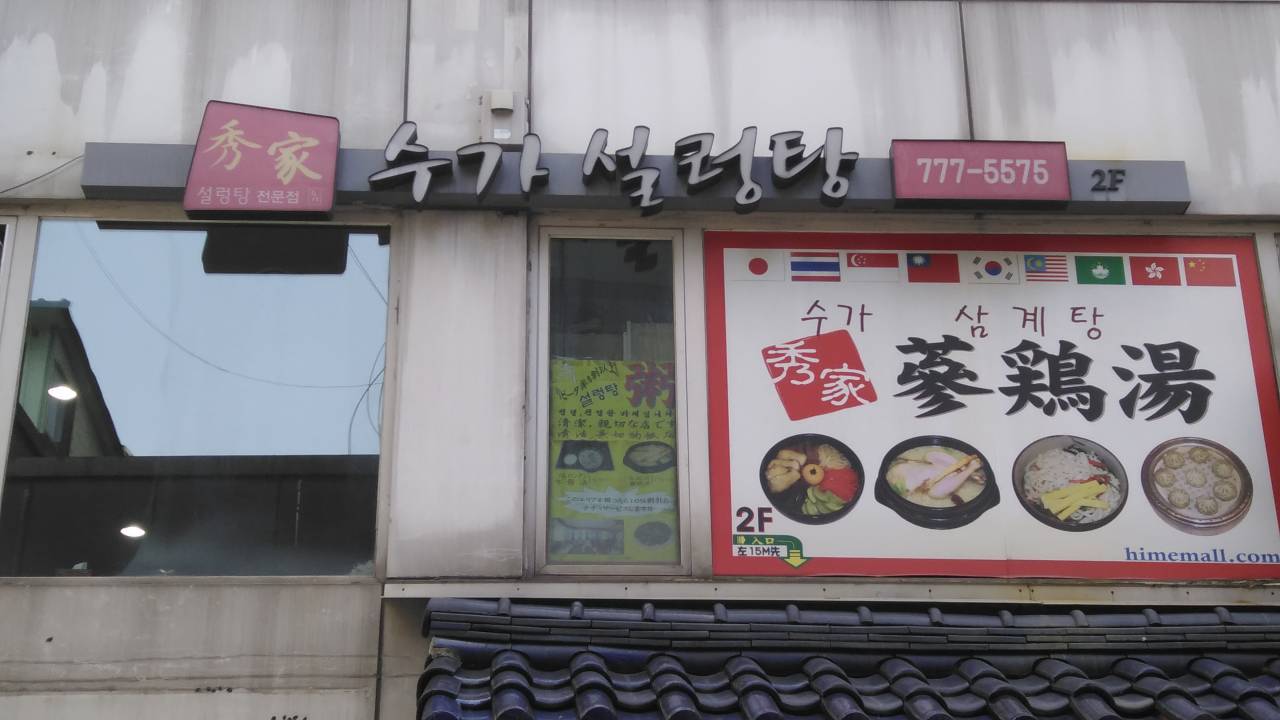
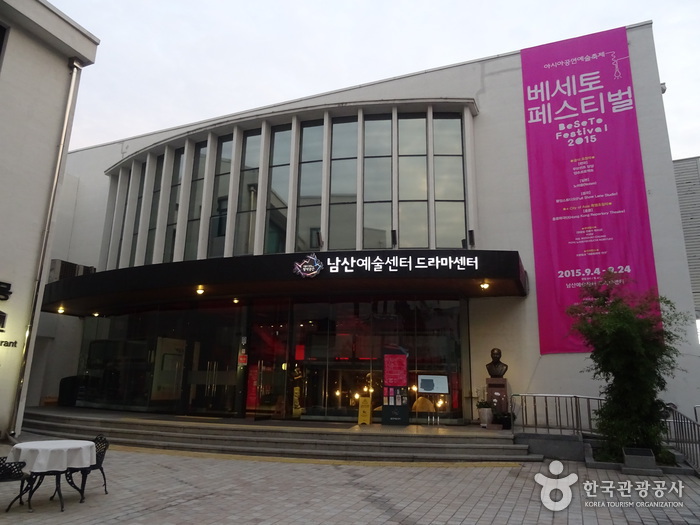
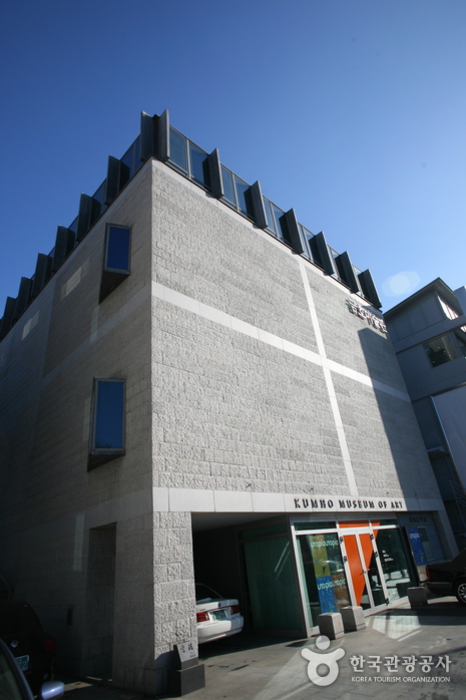
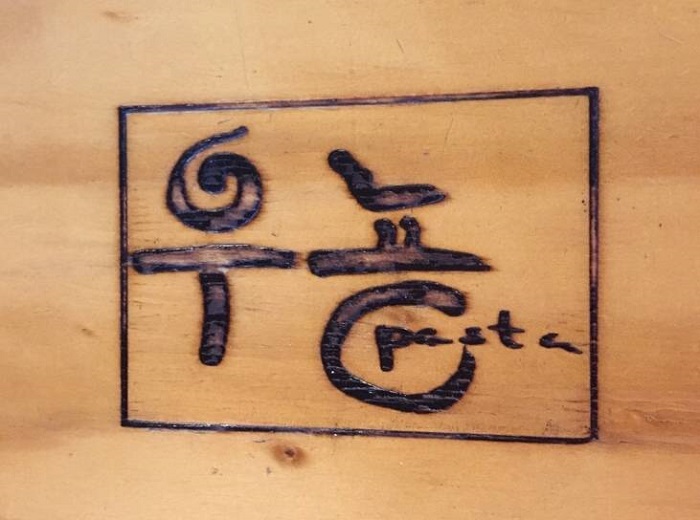
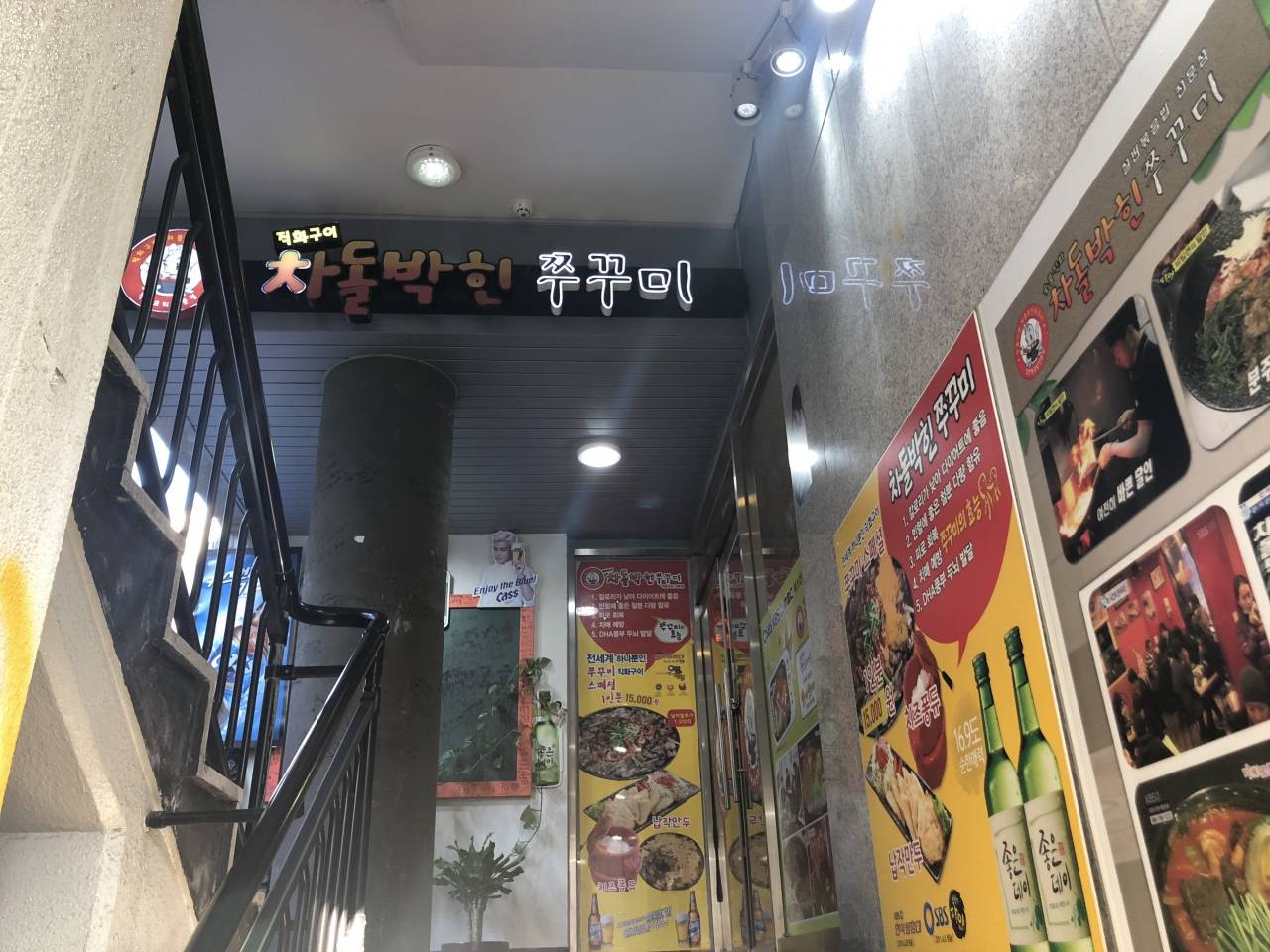
 Español
Español
 한국어
한국어 English
English 日本語
日本語 中文(简体)
中文(简体) Deutsch
Deutsch Français
Français Русский
Русский